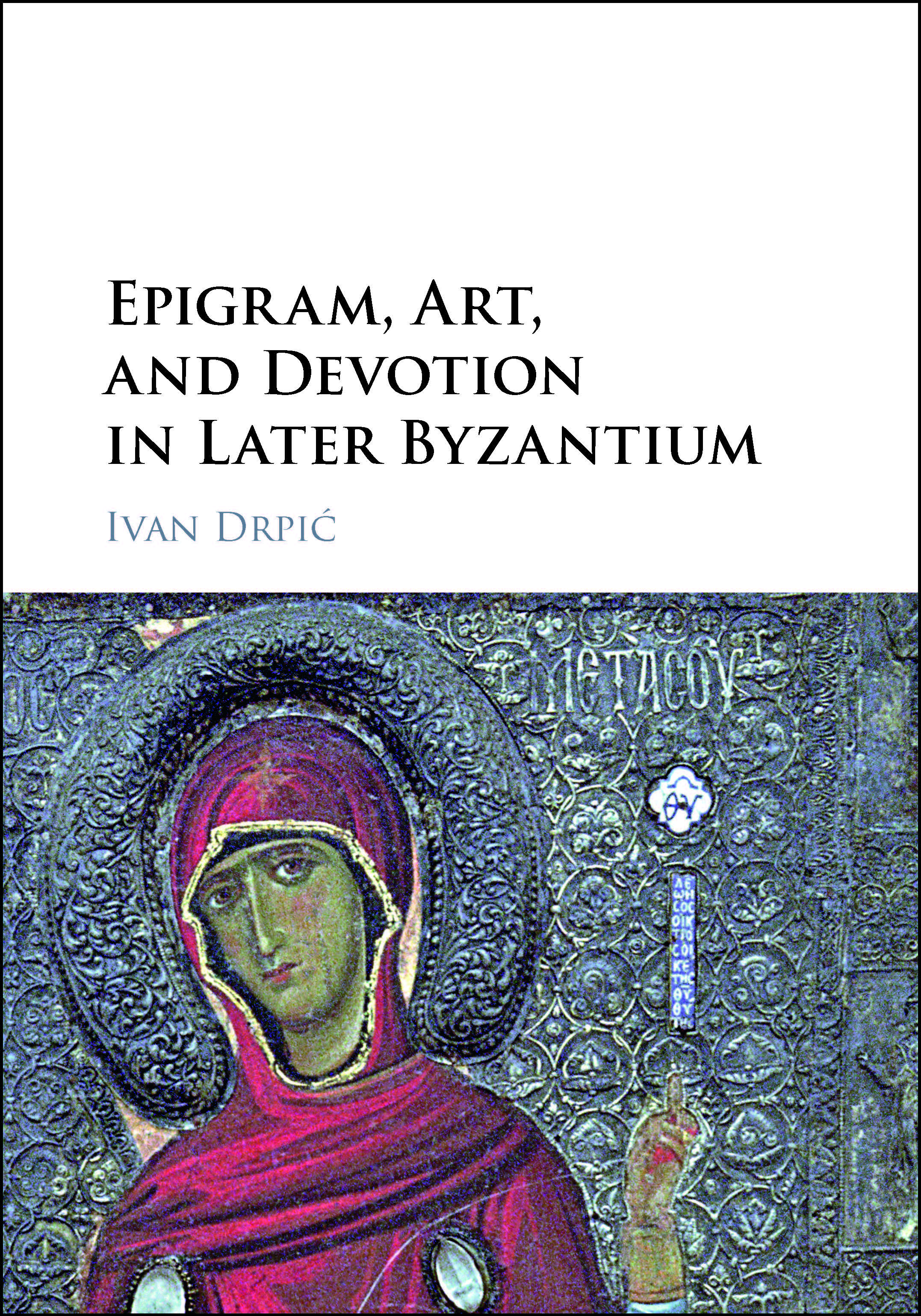
2016
Cambridge University Press
This book explores the nexus of art, personal piety, and self-representation in the last centuries of Byzantium. Spanning the period from around 1100 to around 1450, it focuses upon the evidence of verse inscriptions, or epigrams, on works of art. Epigrammatic poetry, Professor Drpić argues, constitutes a critical - if largely neglected - source for reconstructing aesthetic and socio-cultural discourses that informed the making, use, and perception of art in the Byzantine world. Bringing together art-historical and literary modes of analysis, the book examines epigrams and other related texts alongside an array of objects, including icons, reliquaries, ecclesiastical textiles, mosaics, and entire church buildings. By attending to such diverse topics as devotional self-fashioning, the aesthetics of adornment, sacred giving, and the erotics of the icon, this study offers a penetrating and highly original account of Byzantine art and its place in Byzantine society and religious life.

